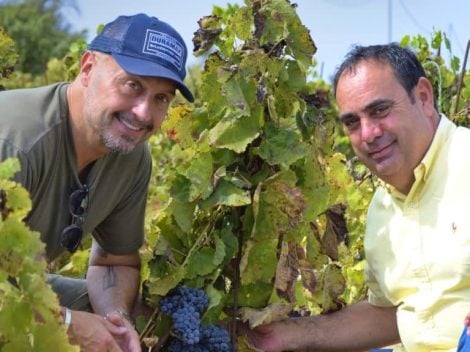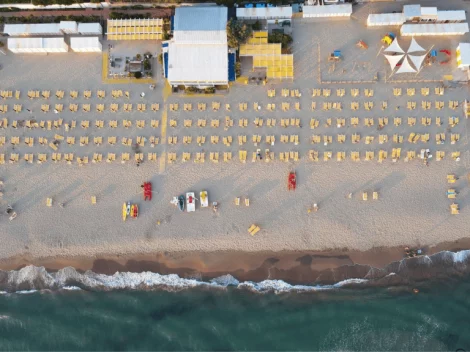By Vittorio Ferla
Barolo with a screw cap is no longer considered heretical. Not only because the regulations don't prohibit it. Now some are beginning to experiment with it, challenging the prejudices that only admit traditional cork for high-quality red wines. Sergio Germano, a viticulturist in Serralunga d'Alba, has long adopted aluminum closures for his whites: Riesling, Chardonnay, and Nascetta. Now, breaking with tradition in a very discreet Piedmontese manner, he presents a 2013 Barolo with a screw cap. The occasion is the annual meeting of the 'Screwed,' a group of pioneering producers promoting the switch to Stelvin since 2021 (including Silvio Jermann, Graziano Prà, Walter Massa, Franz Haas Jr, Mario Pojer).

Germano joins the 'Screwed,' and Gaja is anticipated
"I'm tired of having to convince those who don't believe. My dream is to seal Barolo with a screw cap: since 2013, we've used it on 100 bottles," confesses Germano, who then quips, "convinced that wine should suffocate, not breathe in the bottle." But the 'Screwed' don't stop here. After Germano's entry into the group, formalized at the event hosted on March 4th in the Pentole Agnelli showroom in Lallio (Bergamo), another sensational surprise could come soon.
"There are already two producers in this group with 'J' in their name. Now we're waiting for another," jokes Walter Massa. A reference to Angelo Gaja? "Yes, I believe he is ready to join the group," confirms Massa. While waiting for the kings of Timorasso and Barbaresco to "give each other five," there is still much ground to cover. Silvia Carlin and Fulvio Mattivi of the Edmund Mach Foundation highlighted all the advantages of the screw cap, especially to prevent oxidation, but they pointed out that many regulations still prevent its use for higher-quality wines, especially reds.
The resistance of consortia and the merits of the Stelvin closure
The first to throw a stone into the pond is still Walter Massa. "To finally open up to the screw cap, there needs to be an awareness on the part of decision-makers. Recently, some Tuscan producers confessed to me, 'we asked for the possibility to use the screw cap at least for Rosso di Montalcino, but it was a no-go. The truth is that consortia that still resist strenuously should take action, especially the Amarone consortium," continues Massa.
According to Graziano Prà, who presented a Valpolicella Superiore with a screw cap in Lallio, "there is absolutely no need to change the winemaking method. The screw cap concludes the process and preserves the wine as it is. Then we need to slow down oxidation as much as possible, and we've understood that this is the best method. Unfortunately, those from the consortia resist because they know little and don't travel much. They don't understand that precisely 90% of the high-quality wines they want to protect deteriorate quickly because they oxidize." The final blow from the 'Screwed' against the consortia comes from Franz Haas Jr: "The main problem comes from the regulations: they are the ones preventing the adoption of the screw cap."
Thus, not only does the cork closure come under accusation but, above all, the ideological closure of consortia. "By what right is it established that the screw cap prejudices the reputation while using an 800-gram glass bottle for still wine does not? In times of increasing attention to sustainability, shouldn't the solution with the least impact in terms of energy costs and recyclability be preferred?" provocatively concludes Michele Antonio Fino, jurist and professor at the University of Pollenzo. "The problem lies in the idea that a closure determines the prestige of an appellation," he concludes.

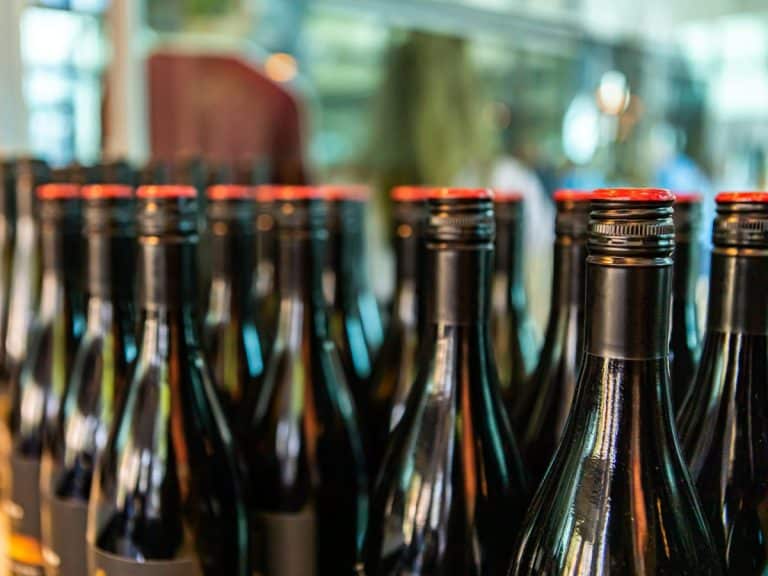
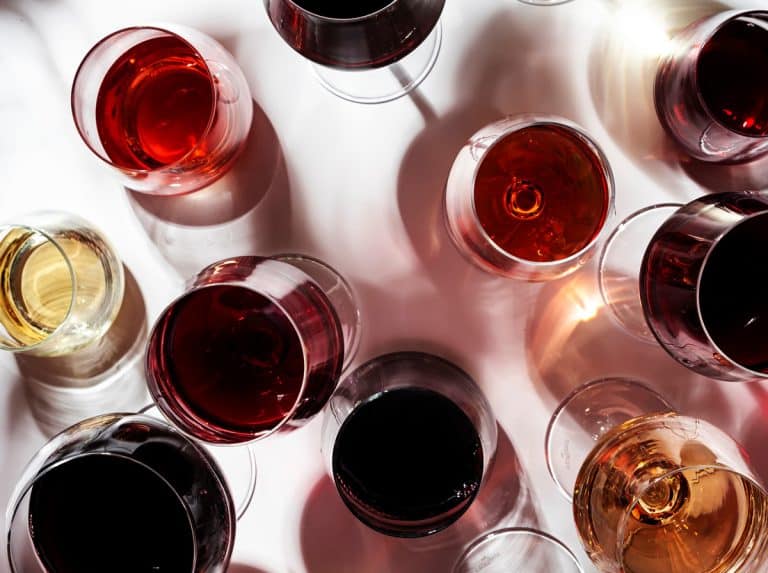 Revolution on Conero: the land of red wine discovers Rosé and sparkling wine, and invests in them
Revolution on Conero: the land of red wine discovers Rosé and sparkling wine, and invests in them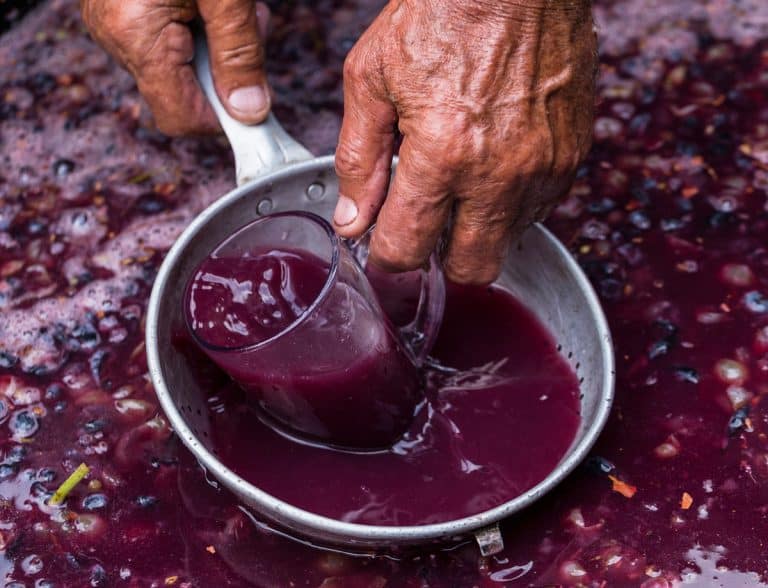 Attention: wine is not made with an instruction manual
Attention: wine is not made with an instruction manual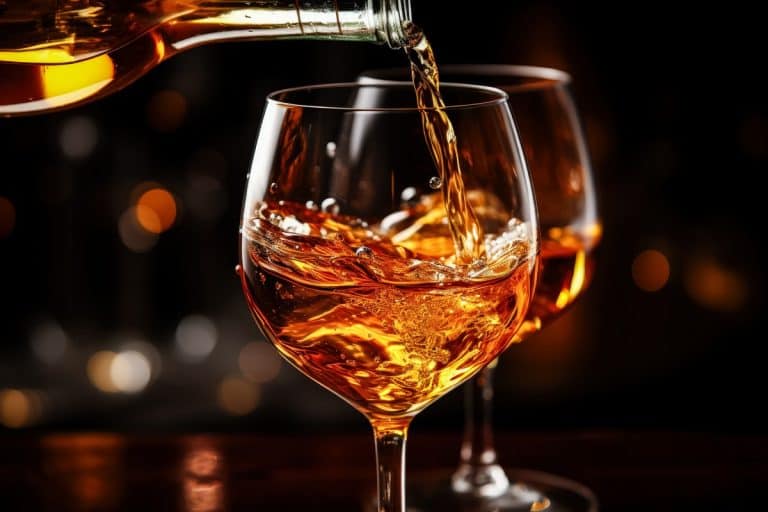 The 15 best Orange Wines chosen by Gambero Rosso
The 15 best Orange Wines chosen by Gambero Rosso 5 Bardolino Chiaretto wines with strong personality and grit chosen by Gambero Rosso
5 Bardolino Chiaretto wines with strong personality and grit chosen by Gambero Rosso Winemaker Alessandra Quarta and singer Sophie Ellis Bextor create a new wine: here’s the story of their Rosé
Winemaker Alessandra Quarta and singer Sophie Ellis Bextor create a new wine: here’s the story of their Rosé
